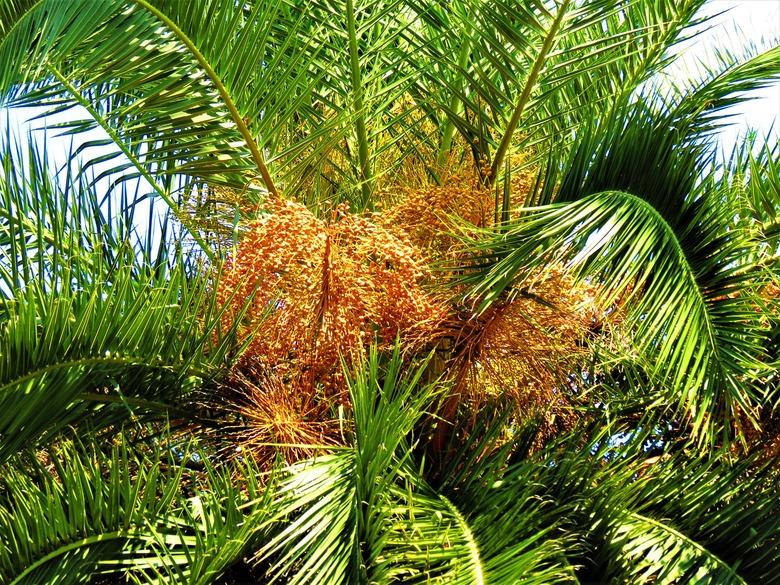How To Revive A Dying Queen Palm Tree
We may receive a commission on purchases made from links.
This "royal" member of the palm family (Arecaceae) is a real eye-catcher, and it can grow up to 49 feet high and 25 feet wide. Since it is so large, it is most often seen on streets, in parks and in larger gardens. Fortunately, there are ways to revive a dying queen palm (Syagrus spp.) if you are able to troubleshoot the problem causing its decline.
About the Queen Palm
About the Queen Palm
Queen palms are native to Argentina, Uruguay, Paraguay, Brazil and other parts of South America. These palms belong to the Syagrus genus, and there are about 40 different species. The most common one is Syagrus romanzoffiana.
Syagrus romanzoffiana has one wide, gray trunk that leads up to a large canopy of leaves. These plants are commonly found throughout the gulf states and in northern California, and they're fairly easy to plant and maintain.
Each of the deep-green leaves has 300 to 500 leaflets (pinnae), measuring about 18 inches tall by 1 or 2 inches wide. During spring and summer, queen palms also produce cream-colored flowers that grow in clusters. These die off, leaving 1-inch-long round orange dates. These heavy fruit clusters can weigh over 100 pounds, contain thousands of seeds and can drop onto the ground, so be careful when walking nearby.
Keeping Queen Palms Healthy
Keeping Queen Palms Healthy
Queen palms are hardy only in the warm climates of U.S. Department of Agriculture plant hardiness zones 10 and 11. They need well-draining, acidic soil and will not thrive on alkaline soil. Full sun is best, but partial shade is also fine. These plants are tolerant of drought and low humidity, and their soil should be evenly moist but not soggy. It is best to water them thoroughly when they are young to encourage growth.
You can fertilize queen palms twice a year in spring and summer. Choose a good palm fertilizer that includes manganese. You can also prune away the green fronds to promote growth but use a light hand because pruning too much will hurt this plant.
On average, queen palms have about 15 dark-green leaves. Should they turn brown and start drooping, you may remove them. The plant does not shed the leaves on its own. They could be turning brown because of age or hot/dry conditions, so the discoloration does not necessarily mean that a queen palm is in trouble.
Reviving a Dying Queen Palm
Reviving a Dying Queen Palm
A brown, shriveled center stalk may be a sign that a queen palm is at death's door. It could be due to climate, lack of nutrients or insects. Check the soil first. If it feels too soft, it may be overwatered. Bone-dry soil indicates the opposite problem.
You can also check a queen palm for insect infestation. Should this be the case, get an insecticide for palms and treat your palm exactly as directed on the product label. Removing any grass that is near the palm can also help; this can be replaced with mulch.
Two other problems that affect queen palms are fertilizer burn and pink rot. Burn can occur when too much fertilizer is used too close to the plant, which can cause discoloration and root damage. Stick with slow-release fertilizer and never use it on wet foliage. Pink rot appears on newer leaves. Pull out those leaves as soon as you see the pink spores starting to grow, and this may prevent it from spreading.
